You have probably seen people with polymer clay all over social media and wondered what you need as a beginner to start working with polymer as well. If that’s the case, you’re at the very right place. In this detailed guide, I will share everything you may need to know about polymer clay for beginners.
This page contains affiliate links, meaning I earn a commission if you use those links. Please read my disclosure for more details.
Here’s what I’m going to cover throughout this post:
- What is polymer clay?
- Can I paint polymer clay?
- What precautions should I take while working with polymer clay?
- How do I bake polymer clay?
- How do I store polymer clay?
- What can I do with polymer clay (project ideas for beginners)?
What is polymer clay?
Polymer clay is an oven-bake modeling clay composed of polymers, resins, coloring agents, and fillers. Polymer clay is not a natural clay; it is man-made from a plastic and polyvinyl chloride (PVC) base. Therefore, polymer clay can not be used to create tableware or anything else where it can be put in contact with food or drinks. Polymer clay is not food-safe.
Materials needed for polymer clay
To start with polymer clay, you will need the following materials:
- Polymer clay (the set recommended here has already sculpting materials and wires to get started as a beginner)
- Sculpting kits
- Press machine
- Polymer clay baking paper
- An oven to bake your goodies in (you can use a normal oven and follow the directions shared in How do I bake polymer clay?)
- If you choose to paint your polymer clay, you will need to seal it with sculpey glaze.
Can I paint polymer clay?
Yes! You can definitely paint polymer clay using water-based acrylics applied in several, thin layers (my recommendation). However, any paint can be used if you seal it with several layers of sculpey glaze.
What precautions should I take while working with polymer clay?
Polymer clay is safe to touch with your hands as long as you wash your hands properly after each session and before eating, which is a good precaution to take. As I have previously mentioned, polymer clay is not food-safe. Clay should not be used with anything that will prepare or touch food. If you use kitchen items or toys as clay tools, make sure that they do not return to food preparation.
Although polymer clay is certified as nontoxic, it should not be digested. So keep it away from children.
If you have concerns about the release of fumes during baking, you can bake clay in a sealed bag, like the Reynolds baking bags, or after baking, wash the inside of the oven with baking soda and water.
How do I bake polymer clay?
The clays vary in baking time, so you should always follow the package directions. Preheat your oven and bake clay on baking sheets, index cards, or a ceramic tile. After baking, allow the clay to cool and fully cure before handling it. If a shine is desired, when the clay has cooled, sand it with wet-dry sandpaper under running water, then buff it with a clean, soft cloth. Glaze or water-based acrylic paints may be applied after baking.
Beginners can safely bake the clay in their home ovens, taking care to properly ventilate. If you are baking frequently, some artists like to use a toaster oven.
How do I store polymer clay?
Always keep your polymer clay in its original packaging and away from heat and sunlight. Do not leave the clay in your vehicle on a hot day, or it may bake. Once the packaging has been opened, it is best to store it wrapped in wax paper in an airtight container. Do not store it in Tupperware or other food storage containers that you plan to reuse for food later. A recommended place for storing clay between uses is in the refrigerator or freezer, dry, and away from light.
What can I do with polymer clay (project ideas for beginners)?
Polymer clay, once baked and sealed, is a durable material, so you can make a lot of things from it. However, you can’t make tableware or drink and eat from plates and cups made from polymer. Thus, it is ideal for items of consistent use, such as jewelry.
Here’s a list of polymer clay project ideas for beginners:
Earrings, rings, charms, etc.
This is one of the most popular projects that beginners start with when using polymer clay. Because they are easy to create and open the door to a lot of creativity and innovation. Plus, you get items that you can enjoy, and carry around, or gift and sell.

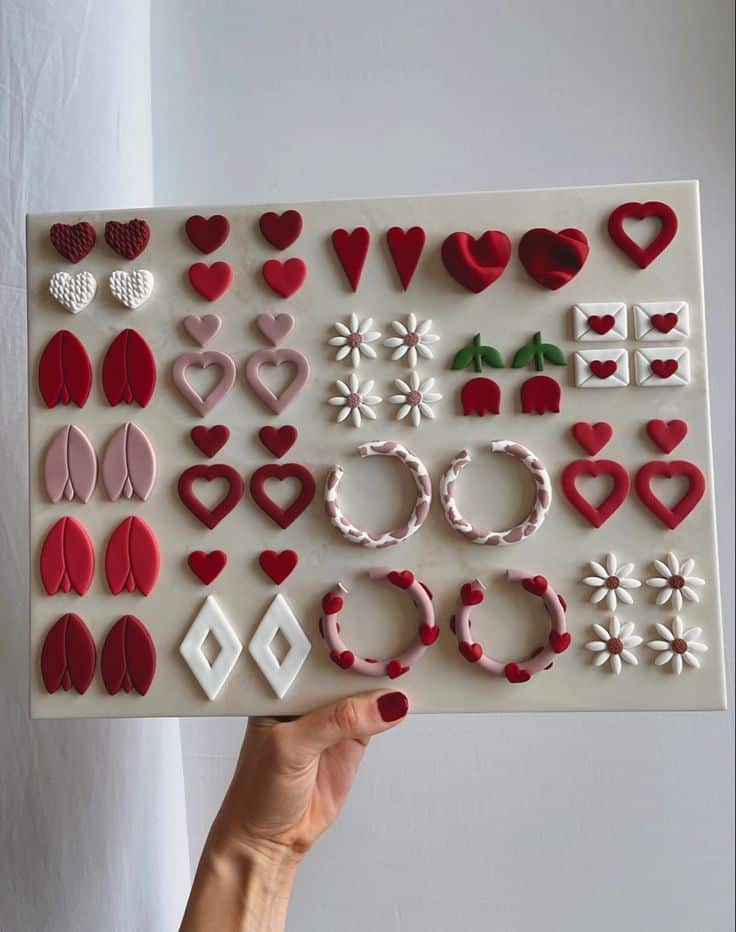
Board games
This is another polymer project idea for beginners that you will love. But this one is more challenging in terms of creation and painting as well.
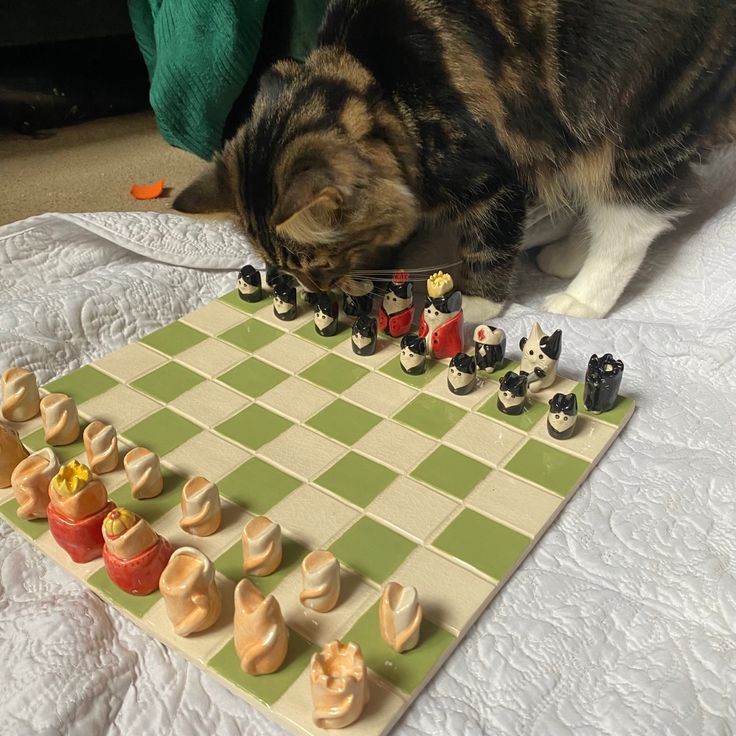
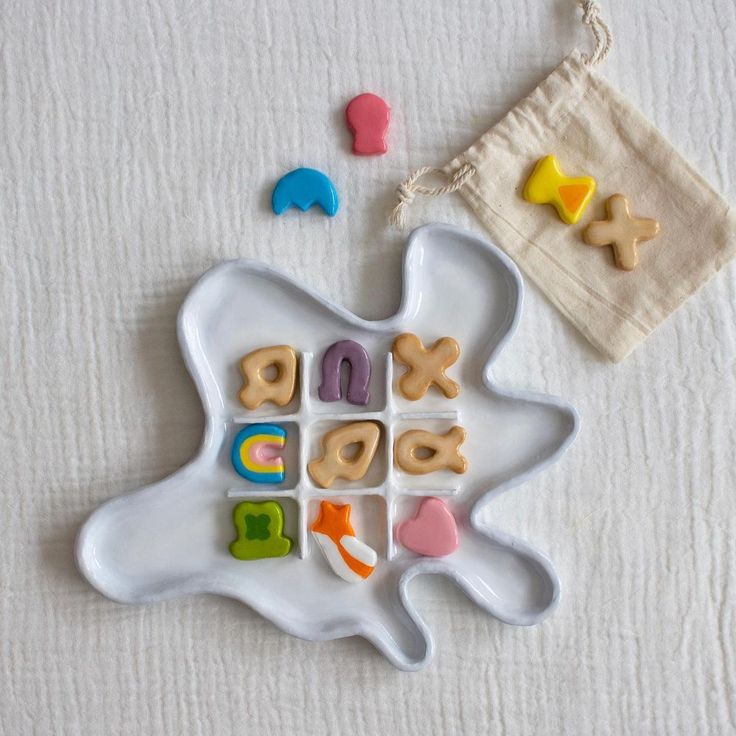
Miniatures
This is a vast project idea because you can create bigger as well as smaller scenes from every day with polymer clay.
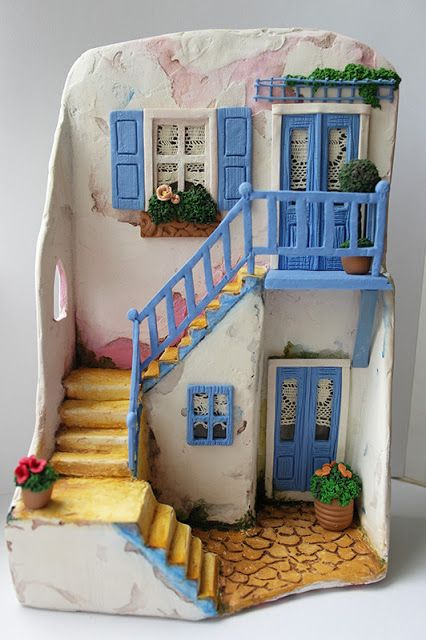
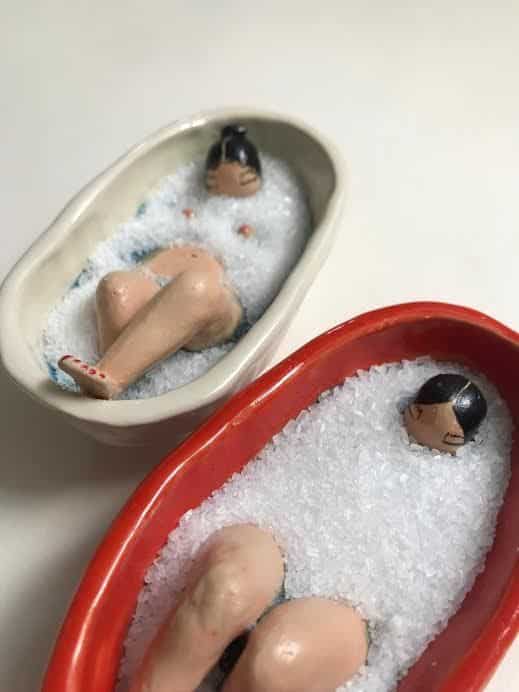
Incense and picture holders
These are polymer clay project ideas that you can make with air-dry clay as well. Very easy to make and very useful, so I highly recommend you start your experiments with something similar.
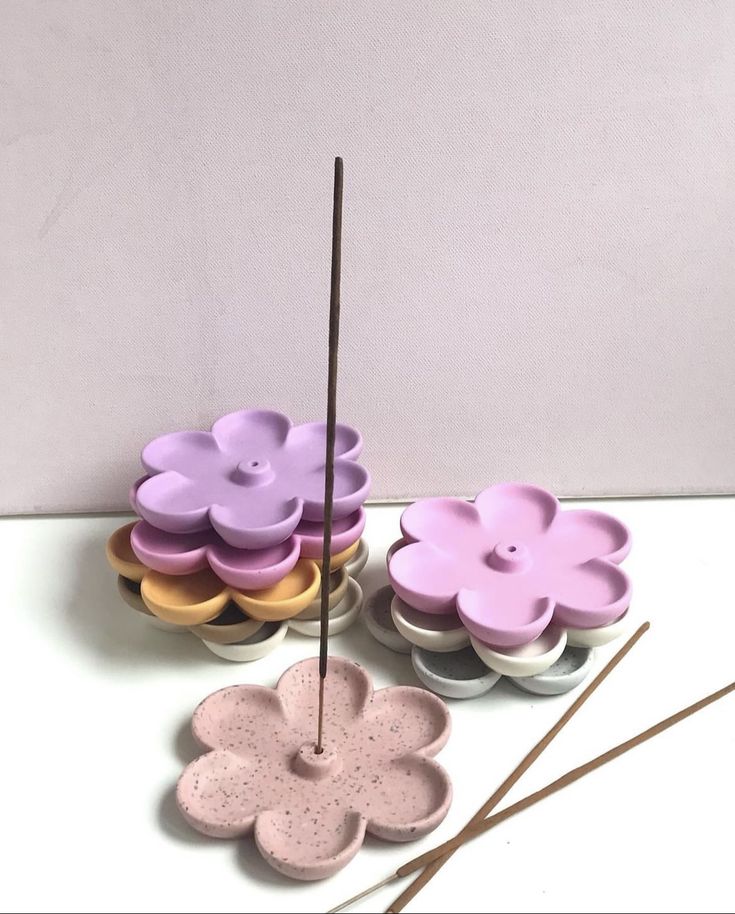
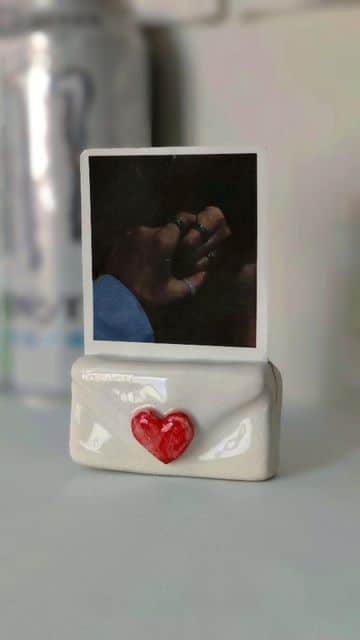
Hair clips
I love this trend. I keep seeing people making hairclips from polymer clay on TikTok and I am so obsessed with them. You can do that by adding a polymer clay design to your existing hair clip or making it from scratch. Remember that this project idea would require a bit more skill and maybe following a tutorial to get the mechanics of it right.
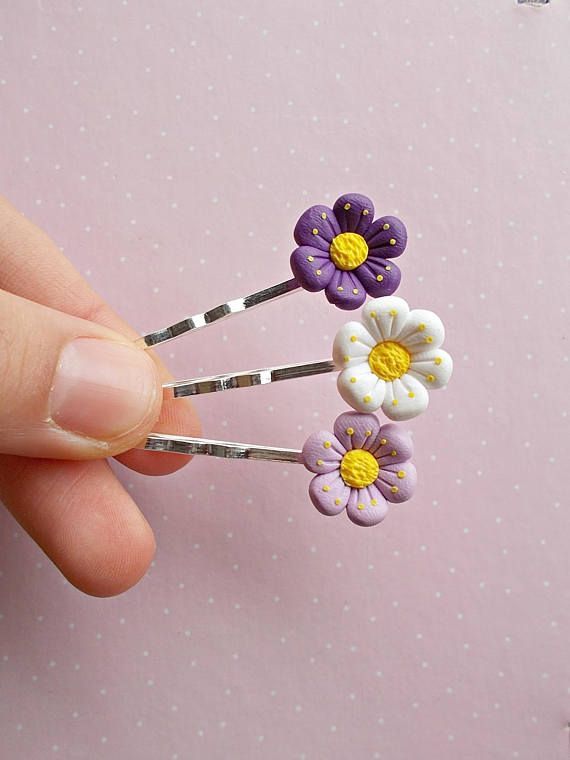
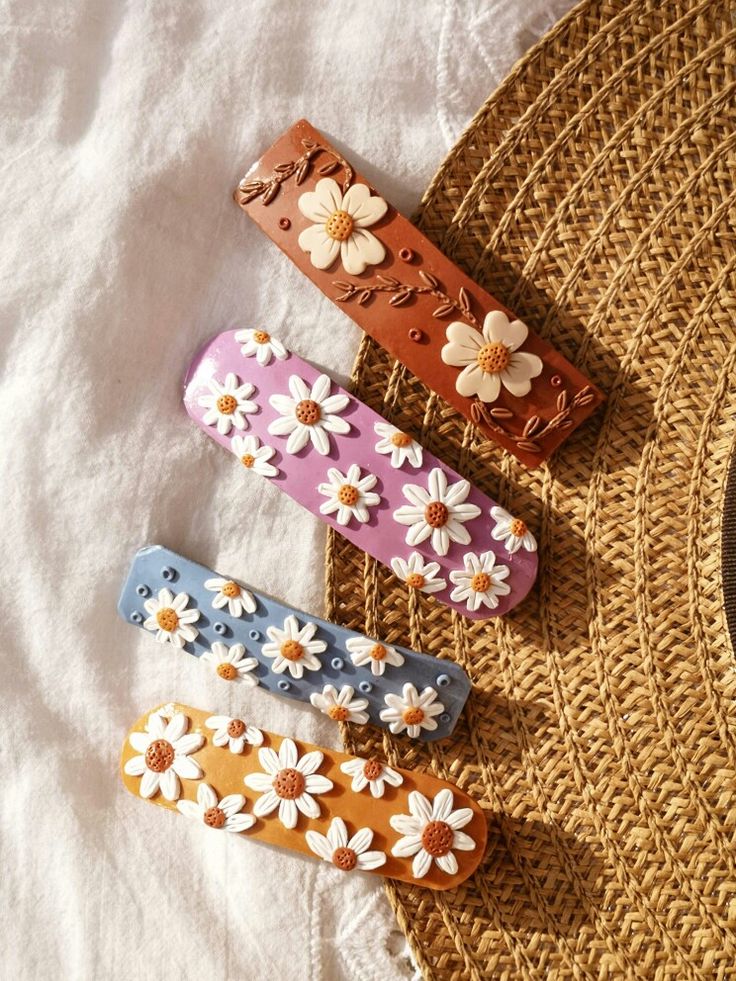
Polymer Clay Fridge Magnets
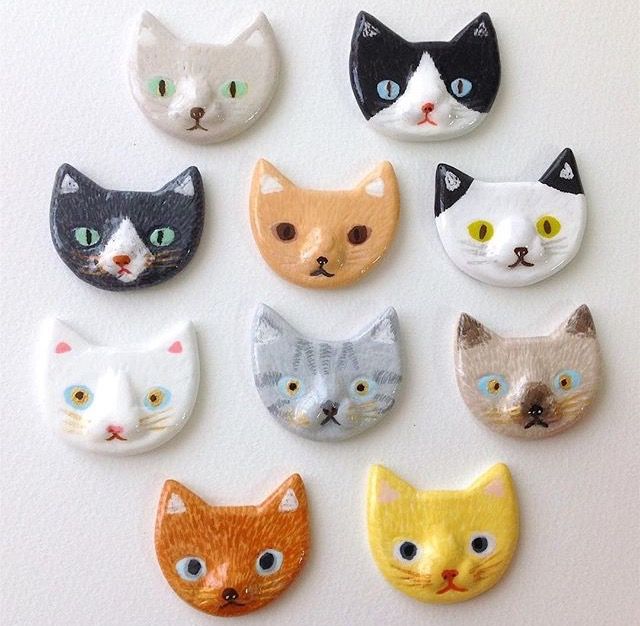

Bookmarks

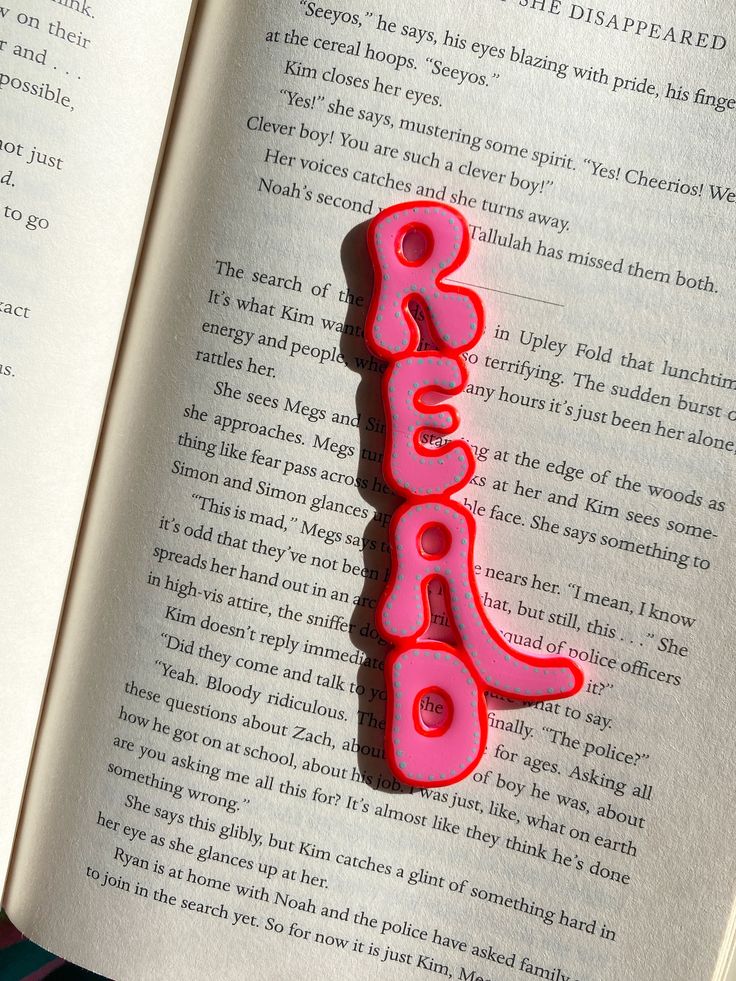
Polymer Clay Coasters
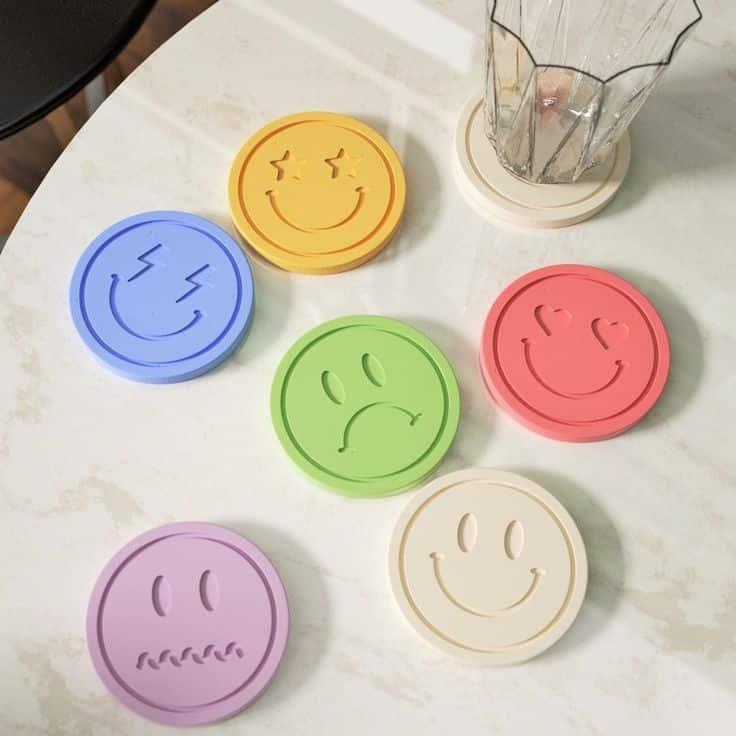
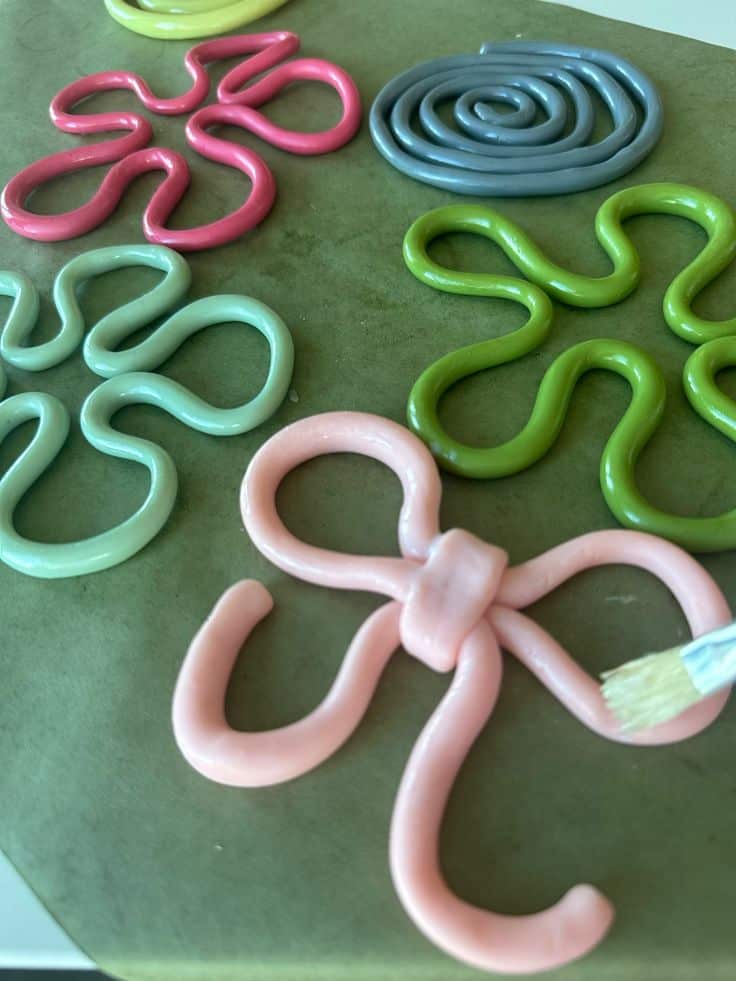
Clay Ring Dish and Ring Holders
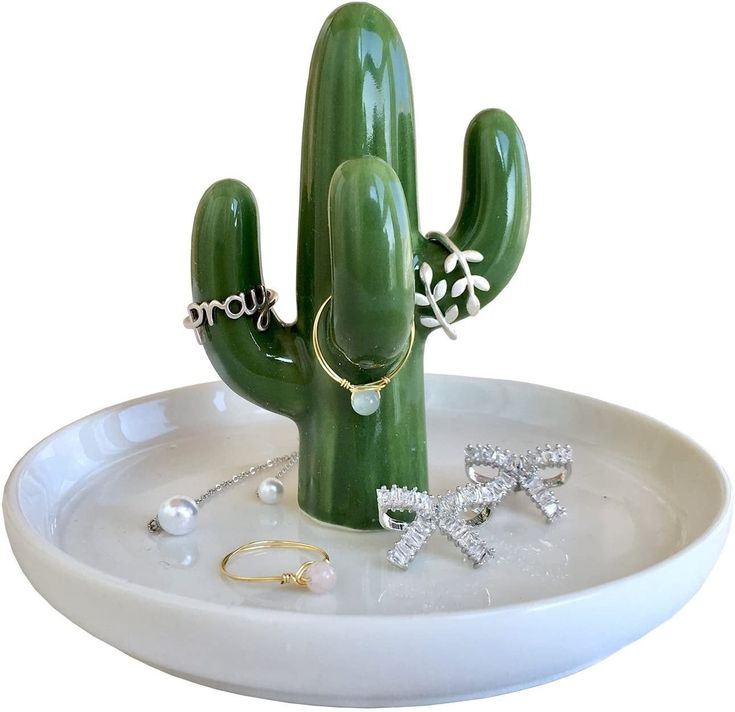
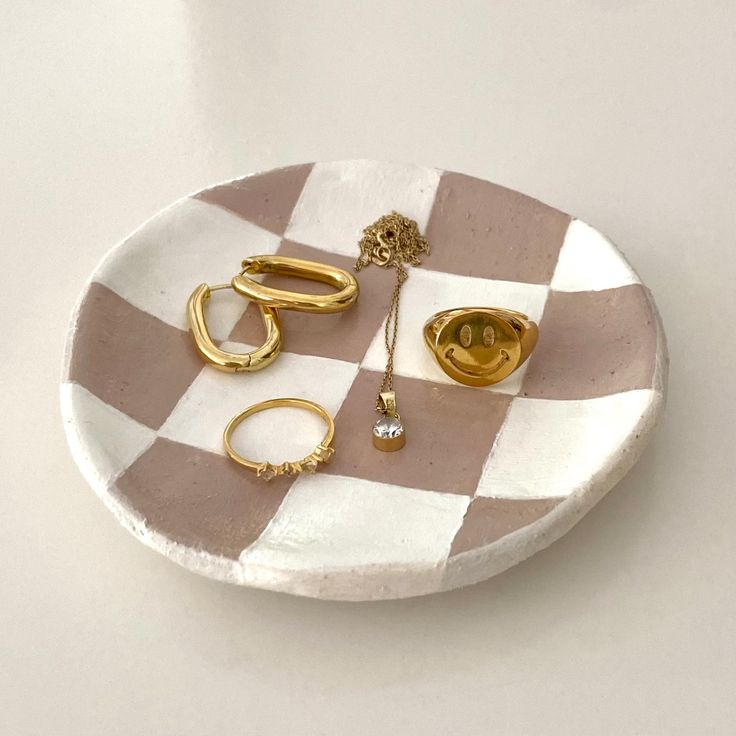
Conclusion
Here’s a list of key takeaways from this article:
- You can paint polymer clay using water-based acrylics applied in several, thin layers as long as you seal it with several layers of Sculpey glaze.
- Polymer Clay is not food-safe.
- Polymer clay is safe to touch with your hands as long as you wash your hands properly after each session and before eating, which is a good precaution to take.
- clays vary in baking time, so you should always follow the package directions.
- If you use your home oven to bake your clay, wash the inside of the oven with baking soda and water.
- Always keep your polymer clay in its original packaging and away from heat and sunlight.
Enjoy creating <3



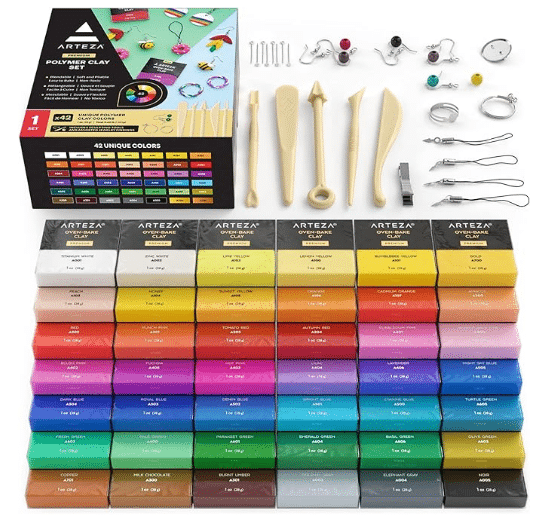

2 Comments